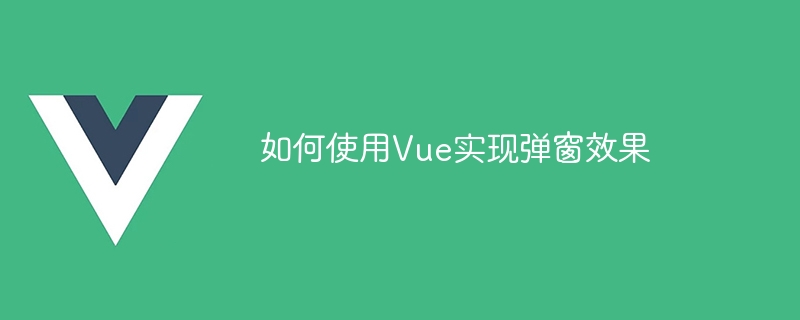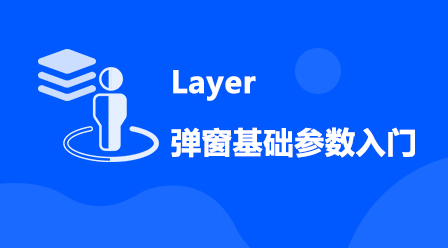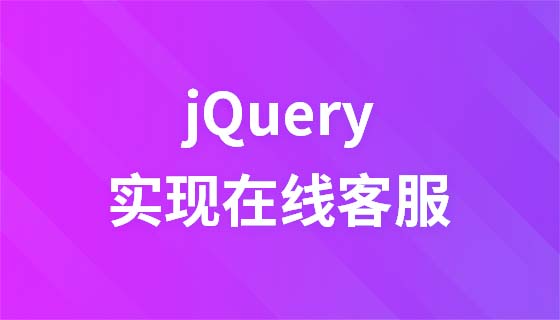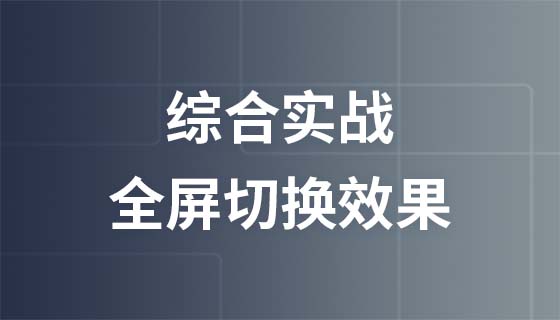
如何使用Vue实现弹窗效果
引言:
弹窗效果是在Web开发中经常用到的一种交互效果,它可以在用户点击某个按钮或者触发某个事件时显示一个悬浮框,提供用户与页面进行交互的机会。Vue作为一种流行的JavaScript框架,提供了丰富的工具和方法,可以方便地实现弹窗效果。本文将介绍如何使用Vue实现弹窗效果,并提供具体的代码示例。
<template>
<div v-if="visible" class="popup">
<!-- 弹窗的内容 -->
<div class="popup-content">
{{ content }}
</div>
<!-- 关闭按钮 -->
<button class="close-button" @click="closePopup">关闭</button>
</div>
</template>
<script>
export default {
props: {
visible: {
type: Boolean,
default: false
},
content: {
type: String,
default: ''
}
},
methods: {
closePopup() {
this.$emit('close');
}
}
}
</script>
<style scoped>
.popup {
position: fixed;
top: 0;
left: 0;
width: 100%;
height: 100%;
background: rgba(0, 0, 0, 0.5);
display: flex;
justify-content: center;
align-items: center;
}
.popup-content {
background: #fff;
padding: 20px;
border-radius: 5px;
}
.close-button {
margin-top: 10px;
}
</style>在这个组件中,我们使用了v-if指令来控制弹窗的显示和隐藏。visible属性用于判断弹窗是否显示,content属性用于设置弹窗的内容。点击关闭按钮时,会触发closePopup方法,并通过$emit方法来触发一个名为close的自定义事件。
App.vue的父组件,代码如下:<template>
<div>
<button @click="showPopup">显示弹窗</button>
<Popup :visible="popupVisible" :content="popupContent" @close="closePopup" />
</div>
</template>
<script>
import Popup from './Popup.vue';
export default {
components: {
Popup
},
data() {
return {
popupVisible: false,
popupContent: '这是一个弹窗'
}
},
methods: {
showPopup() {
this.popupVisible = true;
},
closePopup() {
this.popupVisible = false;
}
}
}
</script>在这个父组件中,我们引入了之前创建的弹窗组件。通过按钮的点击事件,我们可以控制popupVisible属性来显示或隐藏弹窗。点击弹窗的关闭按钮时,会触发closePopup方法来关闭弹窗。
立即学习“前端免费学习笔记(深入)”;
本文介绍了如何使用Vue实现弹窗效果,并提供了具体的代码示例。通过编写弹窗组件和在父组件中使用弹窗组件,我们可以方便地实现网页中的弹窗交互效果。希望本文能对你使用Vue实现弹窗效果有所帮助。
以上就是如何使用Vue实现弹窗效果的详细内容,更多请关注php中文网其它相关文章!

每个人都需要一台速度更快、更稳定的 PC。随着时间的推移,垃圾文件、旧注册表数据和不必要的后台进程会占用资源并降低性能。幸运的是,许多工具可以让 Windows 保持平稳运行。




Copyright 2014-2025 https://www.php.cn/ All Rights Reserved | php.cn | 湘ICP备2023035733号